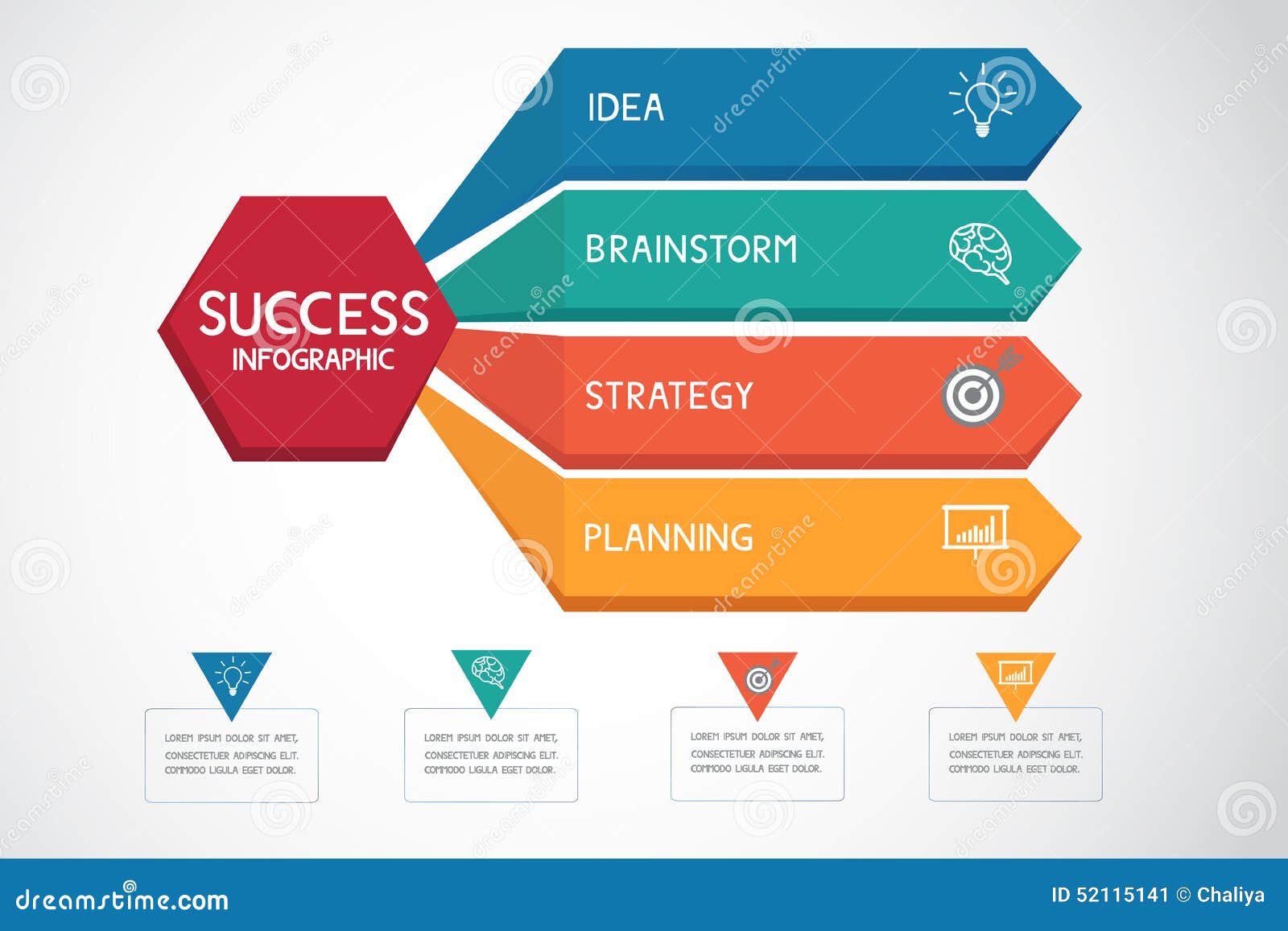The Transformation Of Online Platforms: A Journey With Time
The Transformation Of Online Platforms: A Journey With Time
Blog Article
Uploaded By-Carstens Singer
In the past, sites were simple and focused on info. Navigating was straight, and design was for desktop computers. Now, customer experience is essential. Data guides styles for very easy navigating. Receptive designs fit different tools. Today, dark mode decreases pressure, and minimalist food selections enhance navigating. Interactive features involve customers, and bold visuals attract attention. AI combination increases involvement. See just how layout has developed to improve your on the internet journey.
Very Early Days of Web Design
In the early days of web design, simpleness reigned supreme. Web sites were basic, with restricted shades, typefaces, and designs. The emphasis got on offering information as opposed to fancy visuals. Customers accessed the web with slow-moving dial-up connections, so rate and capability were vital.
Navigation menus were straightforward, commonly located at the top or side of the web page. Internet sites were created for desktop computers, as mobile surfing wasn't yet widespread. Content was king, and designers focused on simple readability over complicated layout components.
HTML was the key coding language made use of, and developers needed to work within its restrictions. Animations and interactive features were marginal contrasted to today's standards. Websites were fixed, with little dynamic content or personalized individual experiences.
Rise of User-Focused Style
With the development of site design, a change towards user-focused layout concepts has actually become significantly famous. Today, creating internet sites that prioritize customer experience is important for engaging visitors and accomplishing company goals. User-focused style involves comprehending the demands, preferences, and habits of your target market to tailor the web site's format, content, and includes as necessary.
Designers currently carry out detailed study, such as individual studies and functionality screening, to gather understandings and feedback straight from users. This data-driven approach helps in developing intuitive navigating, clear calls-to-action, and aesthetically attractive user interfaces that resonate with site visitors. By putting the individual at the center of the layout procedure, websites can provide a more individualized and pleasurable experience.
Responsive style has actually likewise emerged as an essential facet of user-focused design, ensuring that web sites are optimized for various tools and display dimensions. This flexibility boosts access and functionality, dealing with the varied ways customers communicate with sites today. Basically, the surge of user-focused layout symbolizes a shift in the direction of producing digital experiences that focus on the demands and assumptions of the end individual.
Modern Trends in Web Design
Explore the current fads shaping web design today. https://remingtoncvngz.thelateblog.com/30387126/boost-your-internet-site-s-efficiency-with-on-page-seo-mastery is dark setting style, offering a sleek and modern-day look while lowering eye pressure in low-light environments. One more crucial trend is minimalist navigation, streamlining menus and enhancing customer experience by focusing on essential elements. Including micro-interactions, such as computer animated buttons or scrolling impacts, can create a more interesting and interactive web site. Receptive style stays essential, making sure seamless user experiences throughout different tools. Furthermore, utilizing vibrant typography and asymmetrical designs can add aesthetic rate of interest and draw attention to particular material.
Integrating AI modern technology, like chatbots for customer assistance or personalized referrals, improves individual engagement and improves procedures. Ease of access has likewise end up being a substantial pattern, with developers prioritizing comprehensive layout practices to cater to varied individual requirements. Welcoming sustainability by optimizing website efficiency for rate and efficiency is one more arising fad in website design. Working together with user comments and data analytics to repeat and enhance design continually is important for remaining pertinent in the ever-evolving digital landscape. By embracing go to this site , you can develop a visually attractive, user-friendly internet site that resonates with your target market.
Final thought
As you review the development of web site layout from the very early days to currently, you can see exactly how user-focused design has come to be the driving force behind contemporary trends.
Embrace the journey of change and adjustment in website design, constantly maintaining the user experience at the center.
Keep present with the most recent patterns and technologies, and never quit developing your method to produce visually stunning and easy to use websites.
Develop, adapt, and produce - the future of website design is in your hands.
